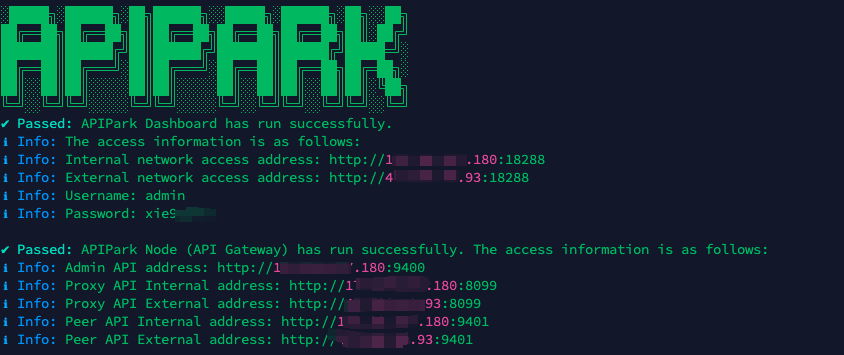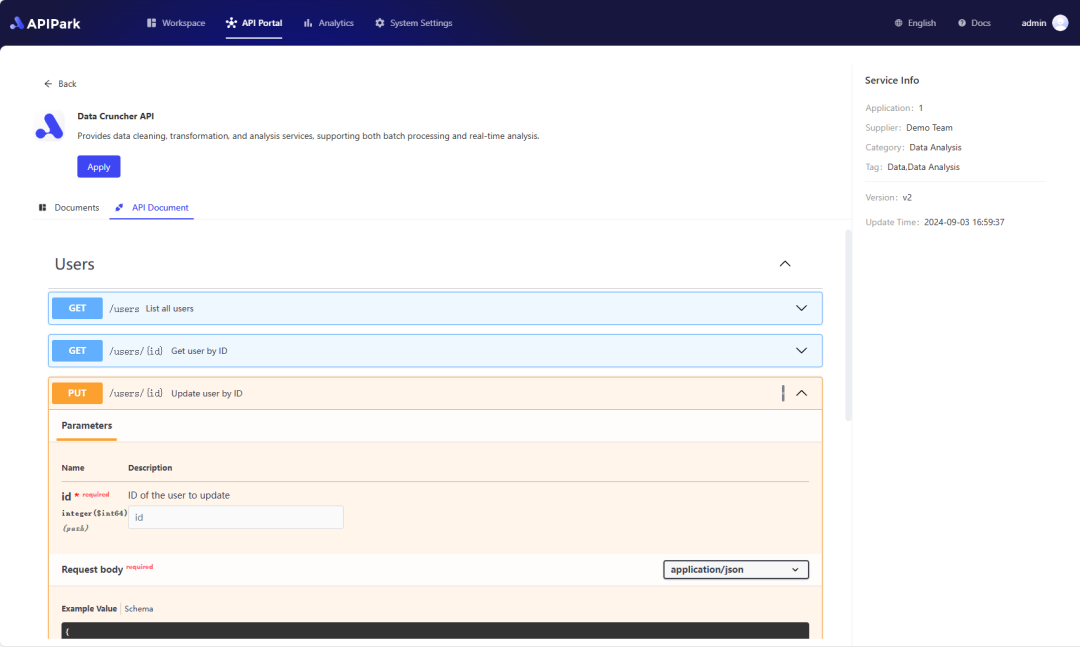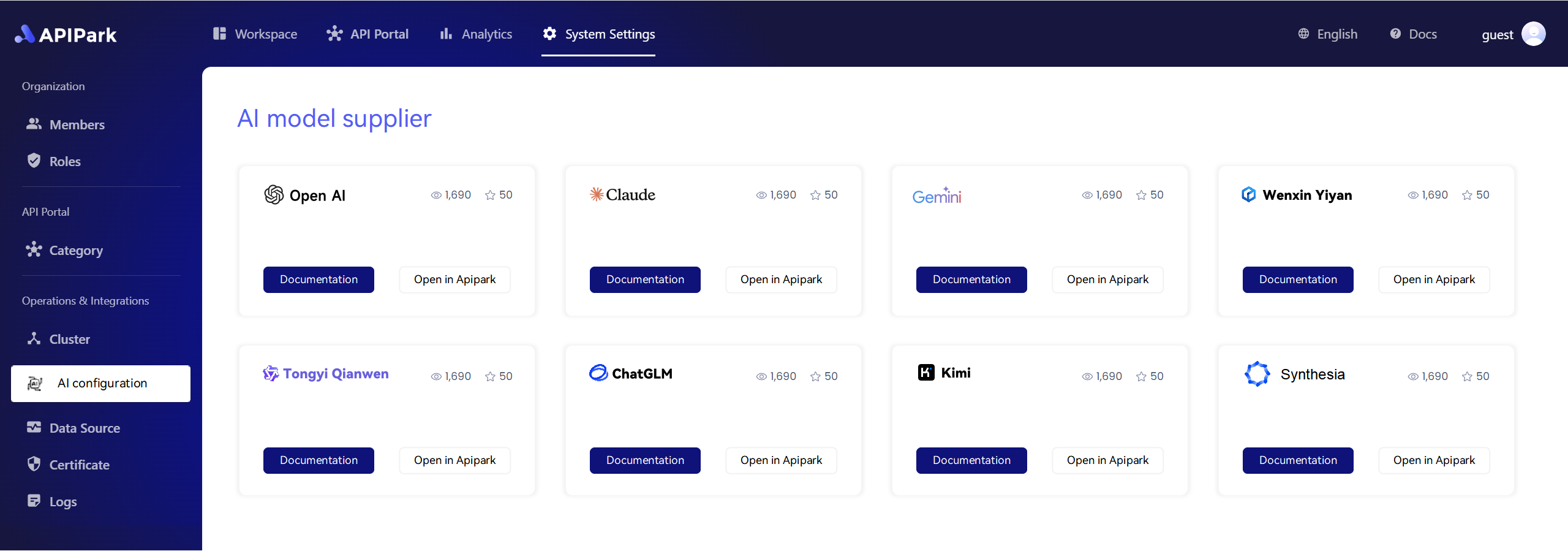Kubernetes is an open-source container orchestration platform that has become the industry standard for deploying, scaling, and managing containerized applications. One of the key concepts in Kubernetes is the use of API resources to manage different objects in a cluster. Among these resources is the schema.groupversionresource, which plays a vital role in how Kubernetes interacts with its various components. In this article, we will delve deep into understanding the schema.groupversionresource test in Kubernetes, while also exploring the importance of AI security, LLM Gateway open source projects, API Open Platform, and Routing Rewrite strategies.
Table of Contents
- Introduction to Kubernetes and GVR
- What is schema.groupversionresource?
- Testing schema.groupversionresource in Kubernetes
- Factors Influencing schema.groupversionresource Test
- AI Security Considerations in Kubernetes
- Leveraging LLM Gateway Open Source Projects
- The Role of API Open Platforms
- Understanding Routing Rewrite
- Conclusion
- References
Introduction to Kubernetes and GVR
Kubernetes, when simplified, is a powerful tool for managing containerized applications across a cluster of machines. One of its foundational features is the way it organizes and communicates with various resources using the Kubernetes API. Each resource is defined by its API version and resource type, encapsulated in the concept of GroupVersionResource (GVR).
- Group: This identifies the API group to which a resource belongs.
- Version: This indicates the version of the API.
- Resource: This specifies the type of resource (e.g., pods, deployments, etc.).
Understanding how GVR works is essential for both developers and operators using Kubernetes.
What is schema.groupversionresource?
The schema.groupversionresource refers to an API interaction element within Kubernetes that defines how various resources should be accessed and manipulated.
-
GroupVersionResource Structure
A typical GVR value looks like:
apps/v1/deploymentswhere:appsis the group.v1is the version.deploymentsis the resource name.
This schema helps standardize how Kubernetes handles its resources, allowing users to perform CRUD (Create, Read, Update, Delete) operations uniformly.
Example of GVR in Action
Creating a deployment in Kubernetes can be done via the following command:
kubectl create -f deployment.yaml
Where deployment.yaml contains your deployment definition, explicitly referencing the GVR.
Testing schema.groupversionresource in Kubernetes
Testing the schema.groupversionresource is crucial in ensuring that your Kubernetes API interactions are functioning as expected. Here, we will explore some common methods for testing your GVR configurations.
Why Testing GVR is Important
- Ensures Compatibility: Confirming that the resources you have defined are accessible and working as intended helps ensure that your application will function flawlessly in your Kubernetes environment.
- Facilitates Debugging: Last-minute stresses can be alleviated through pre-deployment tests of your API resources.
- Documentation and Versioning: Proper tests can serve as a form of documentation for your infrastructure, particularly when versioned resources are in play.
Tools for Testing GVR
- kubectl: The command-line interface provides straightforward commands to test your GVRs.
- Unit Testing Frameworks: Testing frameworks like
go testfor Go projects can interface with the Kubernetes client-go library to mock and test interactions with your GVR.
Example Test Case
package test
import (
"testing"
"k8s.io/client-go/kubernetes/fake"
)
func TestDeployments(t *testing.T) {
client := fake.NewSimpleClientset()
deployments, err := client.AppsV1().Deployments("default").List(context.TODO(), metav1.ListOptions{})
if err != nil {
t.Fatalf("Failed to list deployments: %v", err)
}
if len(deployments.Items) == 0 {
t.Log("No deployments found. This is expected for a fresh cluster.")
}
}
Factors Influencing schema.groupversionresource Test
Several factors can influence how effective your schema.groupversionresource tests are:
- Kubernetes Version: Each version may introduce breaking changes or new features.
- Custom Resource Definitions (CRDs): If you’re using CRDs, additional testing is necessary to account for the flexibility these resources provide.
- Cluster Configuration: Networking and permissions can affect your ability to access certain resources during testing.
A Table of Common GVR Patterns
| Resource Type | Group | Version | Example |
|---|---|---|---|
| Pods | core | v1 | /api/v1/pods |
| Deployments | apps | v1 | /apis/apps/v1/deployments |
| Services | core | v1 | /api/v1/services |
| StatefulSets | apps | v1 | /apis/apps/v1/statefulsets |
AI Security Considerations in Kubernetes
As organizations increasingly leverage AI within their Kubernetes orchestration, understanding AI security becomes imperative. The deployment of models in a Kubernetes environment mandates robust security practices to guard against vulnerabilities such as unauthorized access and data breaches.
To ensure AI security:
- Use Role-Based Access Control (RBAC): Enforce stringent access controls on who can deploy and interact with AI workloads.
- Secure API Endpoints: Ensure your APIs that serve AI outcomes are secured with token-based authentication and firewall rules.
Leveraging LLM Gateway Open Source Projects
Open-source projects like LLM Gateway serve as a middleware to bridge various AI models and infrastructure. These gateways allow developers to standardize how they interact with models deployed on Kubernetes. Integration with LLM Gateway can enhance your Kubernetes environment’s capabilities.
Benefits of LLM Gateway
- Unified API Interface: Developers can define their models’ input and output formats, reducing complexity in managing multiple AI models.
- Load Balancing: Manage traffic efficiently when serving AI models, crucial for performance.
The Role of API Open Platforms
API Open Platforms play an essential role in modern software architecture, enabling organizations to build flexible and scalable microservices. Utilizing an API open platform alongside Kubernetes can facilitate better resource management and service interconnectivity.
- Integration: Open platforms allow teams to curate APIs from various services quickly.
- Collaboration: Enhanced collaboration among teams ensures a faster development lifecycle.
Understanding Routing Rewrite
Routing Rewrite in Kubernetes allows you to control traffic flow within your services more precisely. By implementing advanced routing policies, you can manage how requests are processed and sent to the appropriate service.
Use Cases for Routing Rewrite
- A/B Testing: Easily direct traffic to different deployments based on specified rules.
- Canary Deployments: Gradually roll out features by directing a small percentage of traffic to a new version.
Example of Traffic Routing
apiVersion: networking.k8s.io/v1
kind: Ingress
metadata:
name: example-ingress
spec:
rules:
- host: example.com
http:
paths:
- path: /canary
pathType: Prefix
backend:
service:
name: canary-service
port:
number: 80
- path: /
pathType: Prefix
backend:
service:
name: main-service
port:
number: 80
Conclusion
Understanding the schema.groupversionresource and its testing is critical for anyone working with Kubernetes. By leveraging GVR along with considerations for AI security, utilizing tools like LLM Gateway, and implementing effective API strategies, organizations can unlock new potentials for their deployments. As Kubernetes continues to evolve, staying informed about these requirements and strategies will enable teams to build better and more resilient cloud-native applications.
References
- Kubernetes Official Documentation: Kubernetes Documentation
- Role-Based Access Control: RBAC Kubernetes
- LLM Gateway Overview: LLM Gateway Open Source
- API Open Platforms: API Management Principles
APIPark is a high-performance AI gateway that allows you to securely access the most comprehensive LLM APIs globally on the APIPark platform, including OpenAI, Anthropic, Mistral, Llama2, Google Gemini, and more.Try APIPark now! 👇👇👇
🚀You can securely and efficiently call the 月之暗面 API on APIPark in just two steps:
Step 1: Deploy the APIPark AI gateway in 5 minutes.
APIPark is developed based on Golang, offering strong product performance and low development and maintenance costs. You can deploy APIPark with a single command line.
curl -sSO https://download.apipark.com/install/quick-start.sh; bash quick-start.sh

In my experience, you can see the successful deployment interface within 5 to 10 minutes. Then, you can log in to APIPark using your account.

Step 2: Call the 月之暗面 API.
